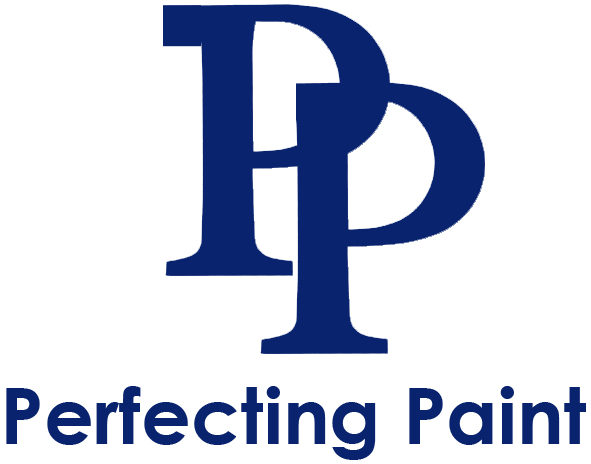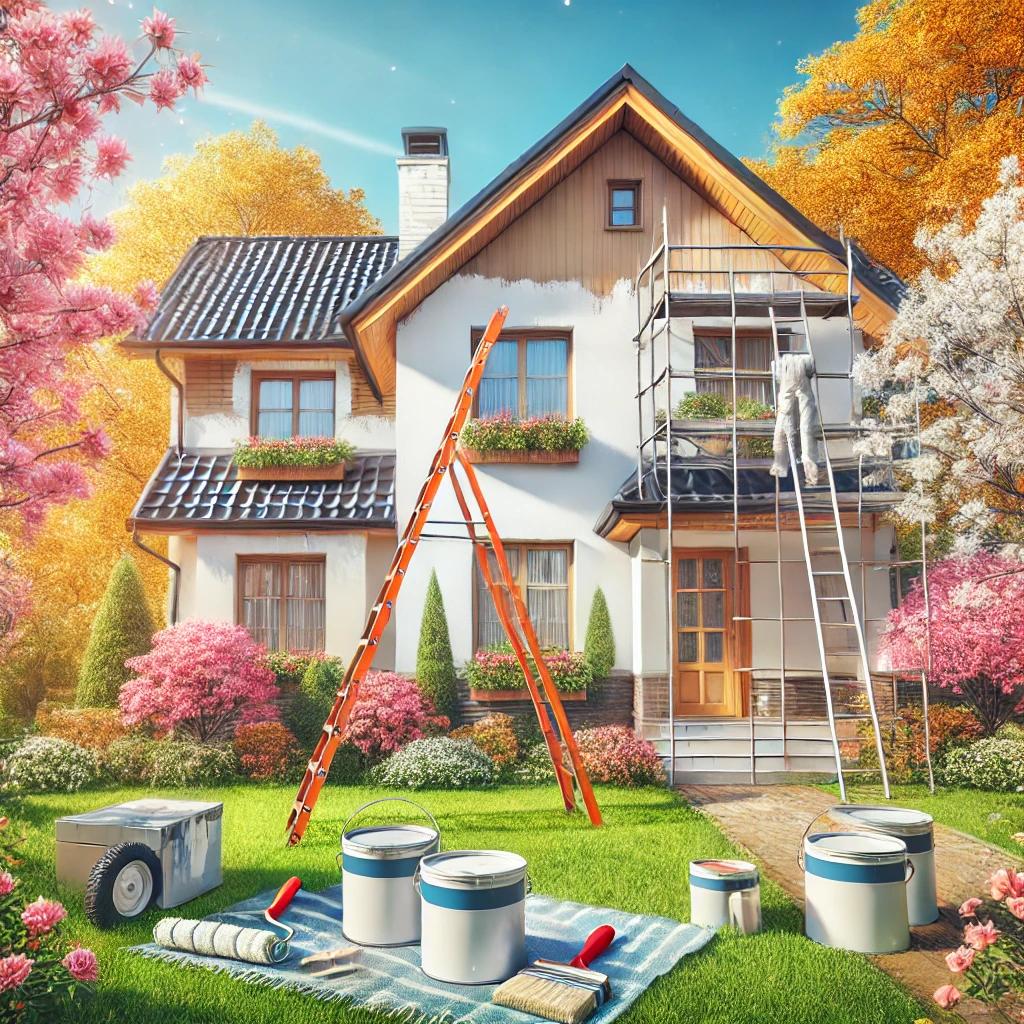Choosing the right time to paint your home’s exterior is crucial to achieving a long-lasting, flawless finish. While you can technically paint year-round, professional painters agree that fall and spring provide the ideal conditions. Here’s why these seasons are the best for exterior painting and how to take full advantage of them.
1. Perfect Weather Conditions
Both fall and spring offer moderate temperatures and low humidity, which are ideal for exterior paint to properly adhere and cure.
Why Weather Matters:
- Extreme heat: Causes paint to dry too quickly, leading to cracking and peeling.
- Cold temperatures: Can prevent paint from drying properly, resulting in a weak bond.
- High humidity: Can lead to bubbling, blistering, or a patchy finish.
Optimal Range: Most paint manufacturers recommend painting when temperatures are between 50°F and 85°F.
2. Reduced Risk of Rain
One of the biggest challenges with exterior painting is avoiding moisture. Rain or even dew can ruin freshly applied paint, causing streaks, discoloration, and uneven textures.
Why Fall and Spring Are Ideal:
- Spring offers drier weather after the last frost.
- Fall often provides consistent dry days before winter sets in.
- You can easily plan around brief rain showers in both seasons.
3. Less Direct Sunlight
Direct sunlight can cause paint to dry too quickly, which can leave brush marks, cracks, and a lack of proper adhesion. Spring and fall provide ample daylight without the intensity of summer heat.
Benefits of Less Sun Exposure:
- Even drying for a smooth, uniform finish.
- Less risk of fading and discoloration over time.
- Easier for painters to work without overheating.
4. Longer Working Hours
Fall and spring provide comfortable working conditions that extend working hours without the fatigue caused by extreme heat or cold.
Why This Helps:
- Faster completion of projects.
- Reduced likelihood of errors due to rushed work.
- Consistent coverage with fewer interruptions.
5. Extended Durability
Painting your home in optimal weather conditions ensures that the paint cures properly, leading to a longer-lasting finish.
What Proper Curing Means:
- Better resistance to peeling and cracking.
- Enhanced protection against moisture and mold.
- Extended time between repaints, saving you money in the long run.
6. Ideal Time for Maintenance
Both fall and spring are natural seasons for home maintenance and upgrades. Painting during these times allows you to inspect and address other exterior issues, such as:
- Repairing siding or trim.
- Replacing weather-damaged areas.
- Cleaning gutters and inspecting roofing.
7. Color Retention and Aesthetic Benefits
Painting in the right conditions helps preserve the vibrancy of your chosen colors. Paint that cures evenly is less likely to fade or develop uneven patches.
Why This Matters:
- Ensures your home looks fresh and vibrant for longer.
- Reduces the likelihood of needing touch-ups.
How to Prepare for a Successful Exterior Painting Project
- Clean the exterior: Power wash surfaces to remove dirt, debris, and mold.
- Inspect for damage: Repair any cracks, gaps, or damaged siding.
- Choose the right paint: Opt for high-quality exterior paint formulated to withstand your local climate.
- Hire professionals: If you want flawless results, a professional painting service ensures quality, efficiency, and long-lasting outcomes.
Final Thoughts
Painting your home’s exterior in fall or spring provides the ideal balance of weather conditions and project efficiency. By choosing the right time, you’ll maximize the durability and beauty of your paint job.
Need help planning your exterior painting project? Contact Perfecting Paint for expert advice and professional services.
Get a free estimate today, and let’s enhance your home’s curb appeal!

